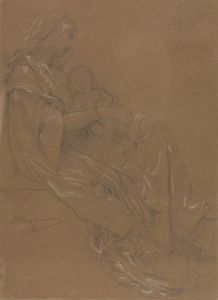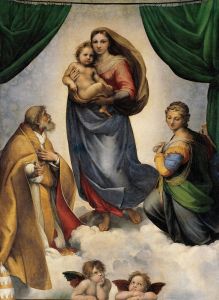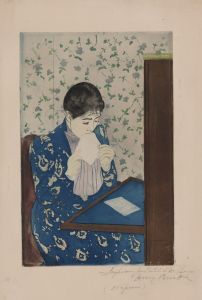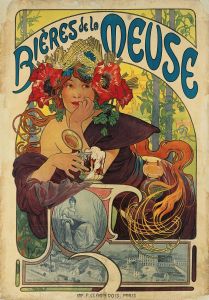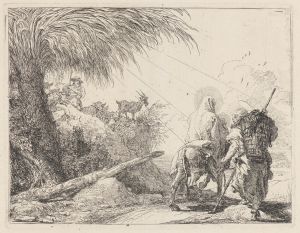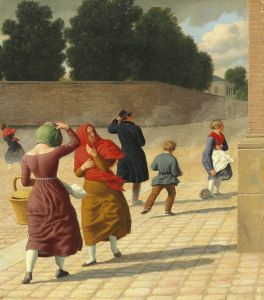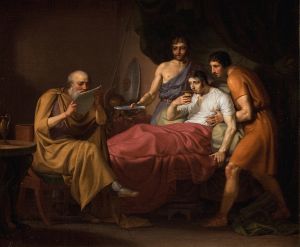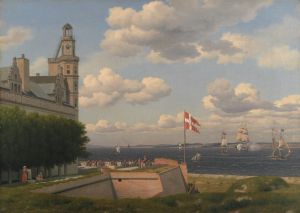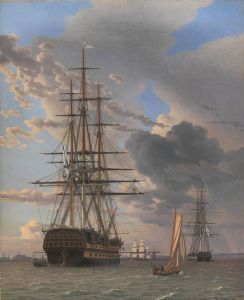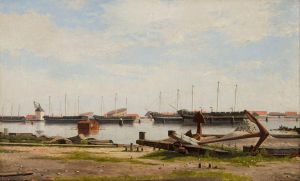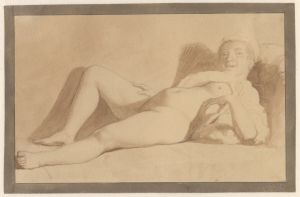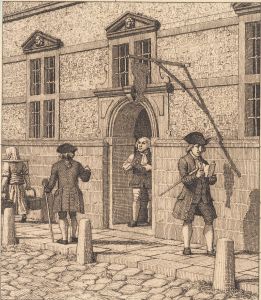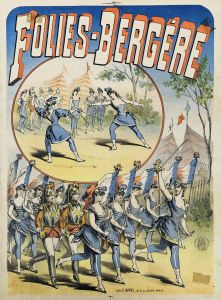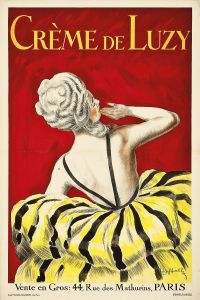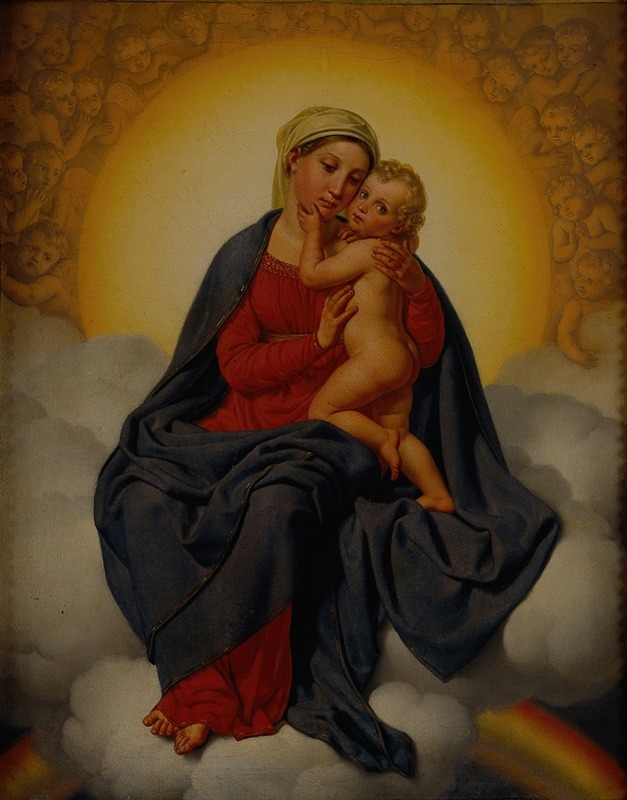
The Virgin And Child
A hand-painted replica of Christoffer Wilhelm Eckersberg’s masterpiece The Virgin And Child, meticulously crafted by professional artists to capture the true essence of the original. Each piece is created with museum-quality canvas and rare mineral pigments, carefully painted by experienced artists with delicate brushstrokes and rich, layered colors to perfectly recreate the texture of the original artwork. Unlike machine-printed reproductions, this hand-painted version brings the painting to life, infused with the artist’s emotions and skill in every stroke. Whether for personal collection or home decoration, it instantly elevates the artistic atmosphere of any space.
Christoffer Wilhelm Eckersberg, often referred to as the "father of Danish painting," was a prominent Danish painter in the 19th century. He played a crucial role in the development of the Danish Golden Age of painting. Eckersberg was known for his meticulous attention to detail and his ability to capture the essence of his subjects with clarity and precision. Among his diverse body of work, religious themes were a recurring subject, reflecting the cultural and artistic milieu of his time.
"The Virgin and Child" by Christoffer Wilhelm Eckersberg is one of his notable works that exemplifies his skill in religious painting. This painting depicts the Virgin Mary holding the infant Jesus, a common theme in Christian art that symbolizes purity, motherhood, and divine love. Eckersberg's interpretation of this classic subject is marked by his characteristic clarity and attention to detail.
In "The Virgin and Child," Eckersberg employs a realistic style, which was a hallmark of his work. The figures are rendered with a lifelike quality, showcasing his mastery of anatomy and his ability to convey emotion through subtle expressions and gestures. The Virgin Mary is portrayed with a serene and contemplative expression, embodying the ideal of maternal grace and devotion. The infant Jesus is depicted with a sense of innocence and vulnerability, typical of such representations in Christian iconography.
Eckersberg's use of light and color in this painting is particularly noteworthy. He employs a soft, diffused light that bathes the figures, creating a sense of warmth and intimacy. The color palette is harmonious, with gentle contrasts that enhance the overall composition without overwhelming the viewer. This careful balance of light and color is indicative of Eckersberg's training and his deep understanding of the principles of classical art.
The composition of "The Virgin and Child" is both balanced and dynamic. Eckersberg places the figures centrally, drawing the viewer's eye to the interaction between mother and child. The positioning of the figures creates a sense of unity and connection, emphasizing the bond between the Virgin Mary and Jesus. This compositional choice reflects Eckersberg's ability to convey complex themes through simple yet effective arrangements.
Eckersberg's influence on Danish art cannot be overstated. As a professor at the Royal Danish Academy of Fine Arts, he mentored a generation of artists who would go on to define the Danish Golden Age. His emphasis on observation, precision, and the study of nature left a lasting impact on his students and the broader art community.
"The Virgin and Child" is a testament to Eckersberg's skill as a painter and his ability to infuse traditional religious subjects with a sense of realism and humanity. Through this work, he not only contributed to the rich tapestry of Christian art but also reinforced his legacy as a pivotal figure in the history of Danish painting.





